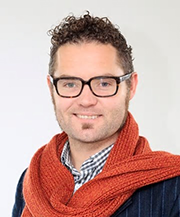
In Pt I of my blog-column (6 Dec. ’19), I identified what I see as the main challenges facing tertiary education, globally. These challenges, I suggest, have led many universities to an existential crisis as it dawns upon them that, for most, the traditional model of operation and financing has nearly run its course.
So, what to do?
In Part II, I detail my observations of US innovation in higher education which I had the privilege of examining, as part of my experience as a 2018 Eisenhower International Fellow.
The challenge of reform
The United States likely has the most diverse and innovative system of tertiary education in the world, due in large part to the fact that in the US, niche is massive. But many US community colleges and regional, four-year institutions will, nonetheless, face closure or amalgamation if they do not reform significantly.
Outside the US, I believe the same is true. Whilst niche in the US is often still the economic size of small countries, the changing nature of employment and new digital capabilities mean that alternative providers and industry training opportunities can operate with profit globally.
This does not mean the end of the degree, but for those institutions operating almost entirely on a student-fee and government-funding model, even small changes in their operating environment can mean the difference between mere downsizing and bankruptcy.
This is particularly true in New Zealand where, like individual US states, maintenance of more than one or two large globally-ranked universities is increasingly beyond our capacity. With eight large, globally-ranked, comprehensive universities in New Zealand and a near bankrupt polytechnic sector, the reality is that the system is ripe for disruption.
However New Zealand is also well placed to be a global player in the provision of quality higher learning – not on a traditional ‘internationalisation’ platform, but as a distance provider of global significance.
Confronting the challenge
Let me convey my observations from my Fellowship travels around 14 US cities, visiting near 70 institutions and individuals. My travel took me across the US examining the most innovative university systems and alternative providers in the country. Primarily, I focused on three elements of university reform.
- Enfranchising people
How to structure qualifications and work with public and private entitles to better engage those traditionally disenfranchised from college education due to race, class or minority status?
Whilst universities are not the answer to all problems, our inability to effectively engage particular communities in terms of both student recruitment and retention will only increase as mechanization, globalization and AI makes extinct swathes of vocations in the near future. Our inability to engage will not only challenge the operation of our institutions, but will also undermine our ability to serve our societies in terms of economic prosperity and, even more importantly, to build safer, more secure, more trusting and sustainable communities.
- Managing info-tech
How might universities can leverage digital and disruptive innovation to implement those engagement and retention strategies identified under 1 above?
From fully online to public/private partnerships, through to block-chain credentialing – the future of life-long-learning is distributive, meaning that traditional providers are, and will be, only one of a number of options in higher education.
- Addressing the meta-narrative
How to leverage the first two elements to more effectively address the meta-narratives of our time, and not merely provide disparate qualifications to a client based system of students as customer?
The goal of facilitating the educational advancement of life-long-learners, in finding more rewarding employment, addresses one set of meta-narratives. But our emerging global community faces other pressing issues that revolve around two global challenges:
- the normative structure of our communities; and
- our relationship with the physical resources of our planet.
It is in these two domains that I regard the future of the global university to be headed. Building on the advancement of communities through educating individuals to be work-ready, the future also requires universities to more actively facilitate collaboration, both to frame the form of society we collectively want and need, and also work together to actualize that vision.
Let me, then, give an overview of my main conclusions from my travel.
Problem, Challenge or Opportunity?
Managerial talk these days dislikes the use of the word ‘problem’. As used in my first article, I described our collective points of concern as ‘challenges’. However, this presupposes perhaps my most significant observation from my time in the US. It is clear to me that for any ‘challenge’ to be addressed through innovation, and for that innovation to be successful – i.e. effective, scalable and sustainable – it is important for an institution (and therefore institutional leaders) to first clearly understand the landscape in which they find themselves and to understand one’s relationship with that landscape.
Without such knowledge, no foundation exists by which the competing array of problems, challenges, opportunities, strategies and tools can be identified, measured, addressed or applied. Too many institutions are beguiled by the notion of innovation without first understanding either their own operating environment, or their desired place in the world. In addition to this problem, too many strive to be something they are not – the world can only sustain so many Harvard, Yale and Stanford universities, and there is no shame at being an institution that balances workplace training, research-informed teaching, and aspects of research-led teaching within their operation.
In other words, let us be careful when supping from the cup of university rankings – the rankings elixir can lead us to conformity of operation that does not sit well with our particular institution and does not serve our communities.
So beware the temptation we have all felt at one time or another – of focusing on some new innovation in answer to a problem we do not understand and have not clearly identified. Let us not re-label ‘problems’ as ‘challenges’ until such time as we have clearly identified what impediments exist to our goals and objectives. It is clear, in my experience, that all the most innovative institutions in the US have these first-base issues nailed.
Make it Personal
There is no magic sauce, no formula, no one-way or right-way, but there are a number of wrong ways. Whilst we all face the same mega-trends, our relationship with those is necessarily different. In case you missed it, Harvard University has a $30 billion dollar endowment and that changes the classification of problems or challenges for that institution. Digital innovation in pedagogy for example is an incredible opportunity for the likes of Harvard, it is not a challenge to their operating environment at all.
As a result, the way in which Harvard chooses to interact with digital innovation in delivery of courses (see EdX for example), is likely to be very different to a regional four-year institution or community college. All of the most innovative and dynamic institutions in the US have personalized the list of collective challenges – they are clear what each of those mean to their institution. They have achieved this by aligning those challenges with their history, community needs and their knowledge of the sector, to personalize their goals for the future.
Such an approach has allowed them to form a clear platform from which to assess innovation – what to adopt and what to reject. New Zealand, Australia and the rest of the world is not the United States. An alignment of the challenges we face, with our different institutional history, community needs and knowledge of the sector from our position will result in likely alternative but equally progressive goals.
Sustainable Innovation is Not Accidental
Effective, scalable and sustainable innovation happens by design, it is not accidental. As indicated above, the examples of successful innovation that I examined in the US developed from both clear institutional goals and a clear process of institutional operation.
- President Michael Crow for example, is near-religious in his consistency of communication around the purpose and direction of Arizona State University – likely the most innovative university in the US. However, he is also clear on the structure and processes by which the institution structures its academic units and makes decisions.
- So too President Paul Leblanc at Southern New Hampshire University and ditto that at Purdue, Western Governors and Georgia Tech. It is crucial for university leaders to not only have a clear vision of the future of their institution but to also work together with their university community to align the operational with the mission.
A vision to work collaboratively with communities and industry on broad issues of societal reform for example, is put to naught if the institution is rigidly structured around isolated programmes that have little to no relationship with other programmes inside and outside their College, let alone society. And imagine for a moment, if our College Boards (Senates or Councils) operated as genuine units of research and development to produce a dynamic academic curriculum in which experimentation and progressive development were encouraged rather than the compliance and regulatory box-ticking regimes that predominates in many institutions.
I am sure we can all relate to the need to have a fleet-of-foot approach to the mission in the everyday operation of our institutions.
The Multiversity
Universities are complicated beasts – embrace it! Clark Kerr coined the phrase Multiversity in the early 1960s. There is no one-size-fits-all approach to university operation and leadership. At any one time a university serves a tremendous number of masters and that is the beauty of our sector.
What this means is that the commercialization of elements of university practice, on the one hand, need not mean an end to the development of a new theoretical narrative in the philosophy department by leading scholars, on the other. We are not corporate organizations yet have much to learn from the corporate world – we are also not entirely academically driven but that forms our backbone. We are hybrid organisations in a global environment where such complexity is the sign of the future.
Therefore, we are not an anachronism of the past – we are the symbol of the future.
Centres of Collaboration; not Centres of Knowledge
Traditionally universities have seen themselves as centres for the creation and dissemination of new knowledge: for me that is old world thinking. The university of the future needs to conceptualise itself as a centre of collaboration for the collective creation and dissemination of new knowledge. The former is the stuff of ivory towers – the latter is the fodder of change-agents.
In Part III, I shall explore models of transformational change from the leading institutions I visited in the United States.
Prof Chris Gallavin is Dep. Pro-Vice-Chancellor at Massey University, and a member of the Centre’s Board.

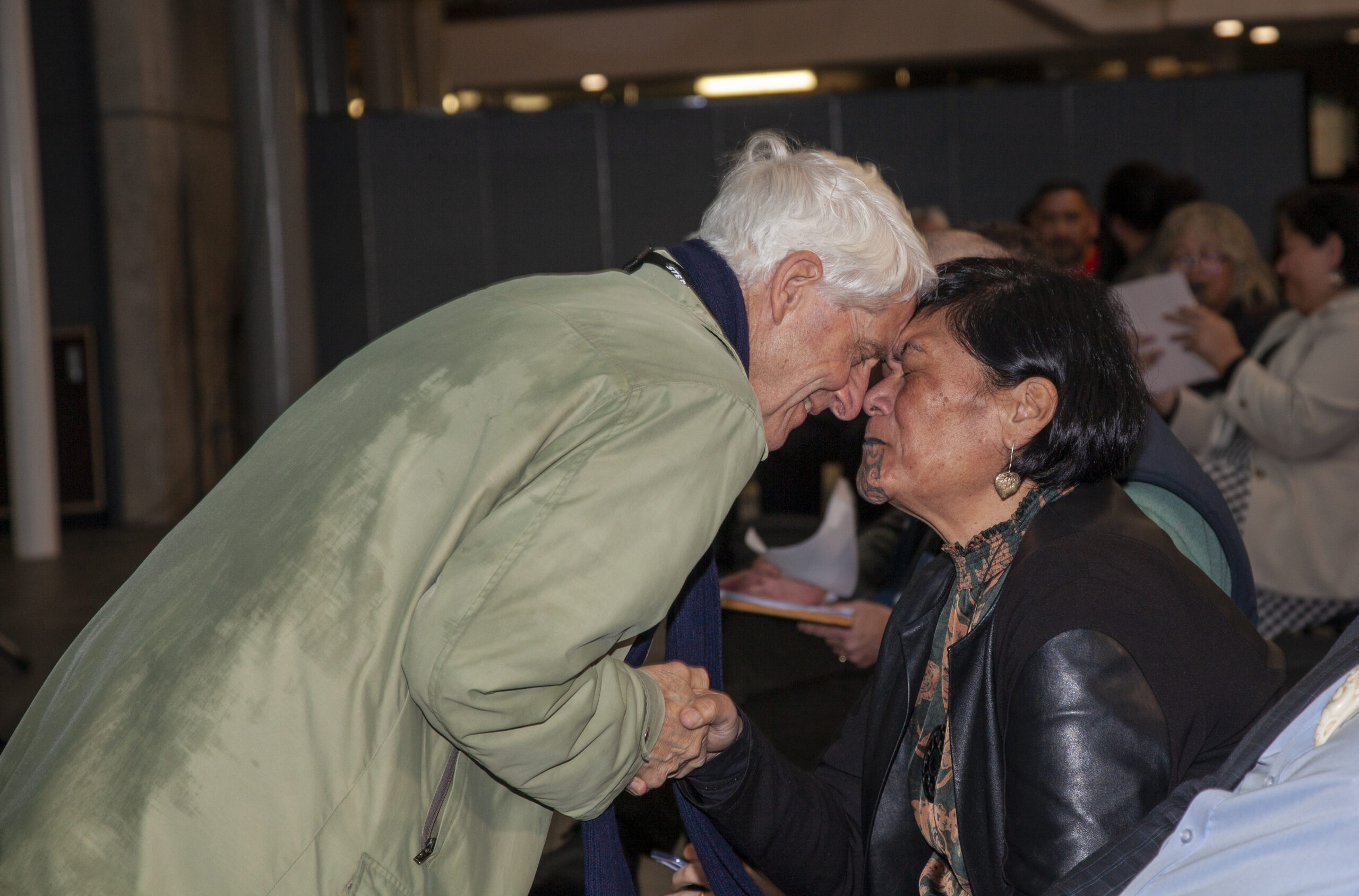
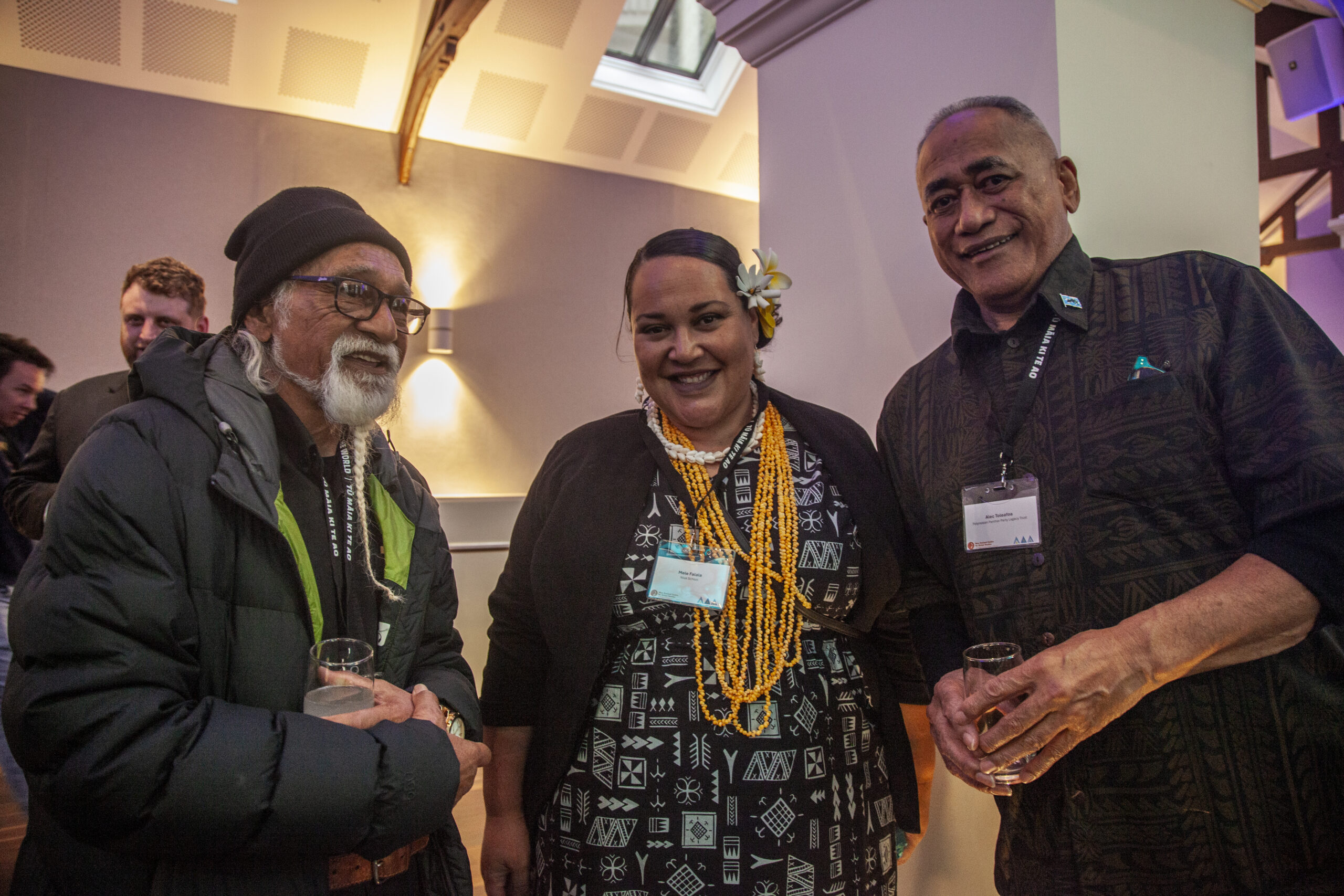
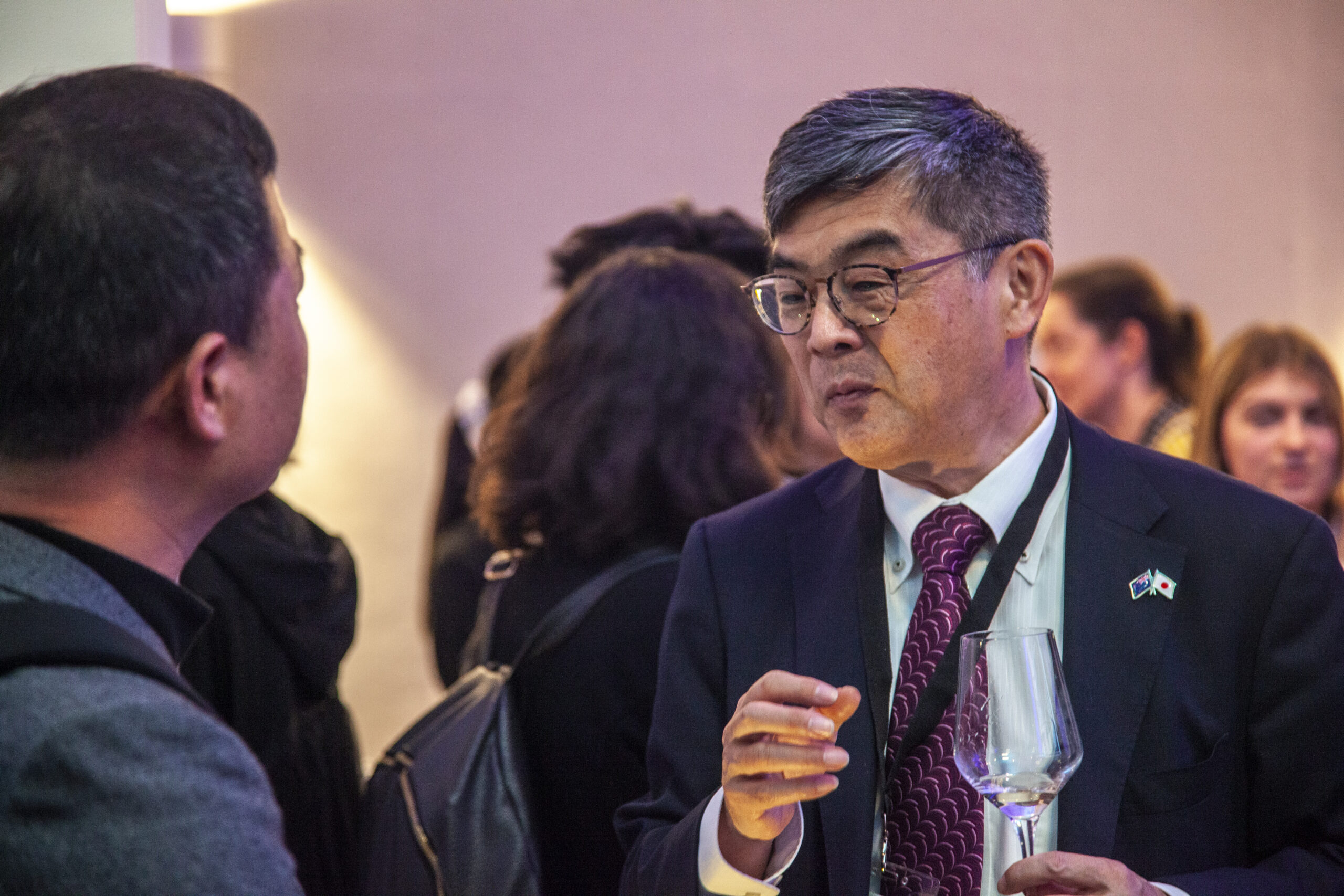
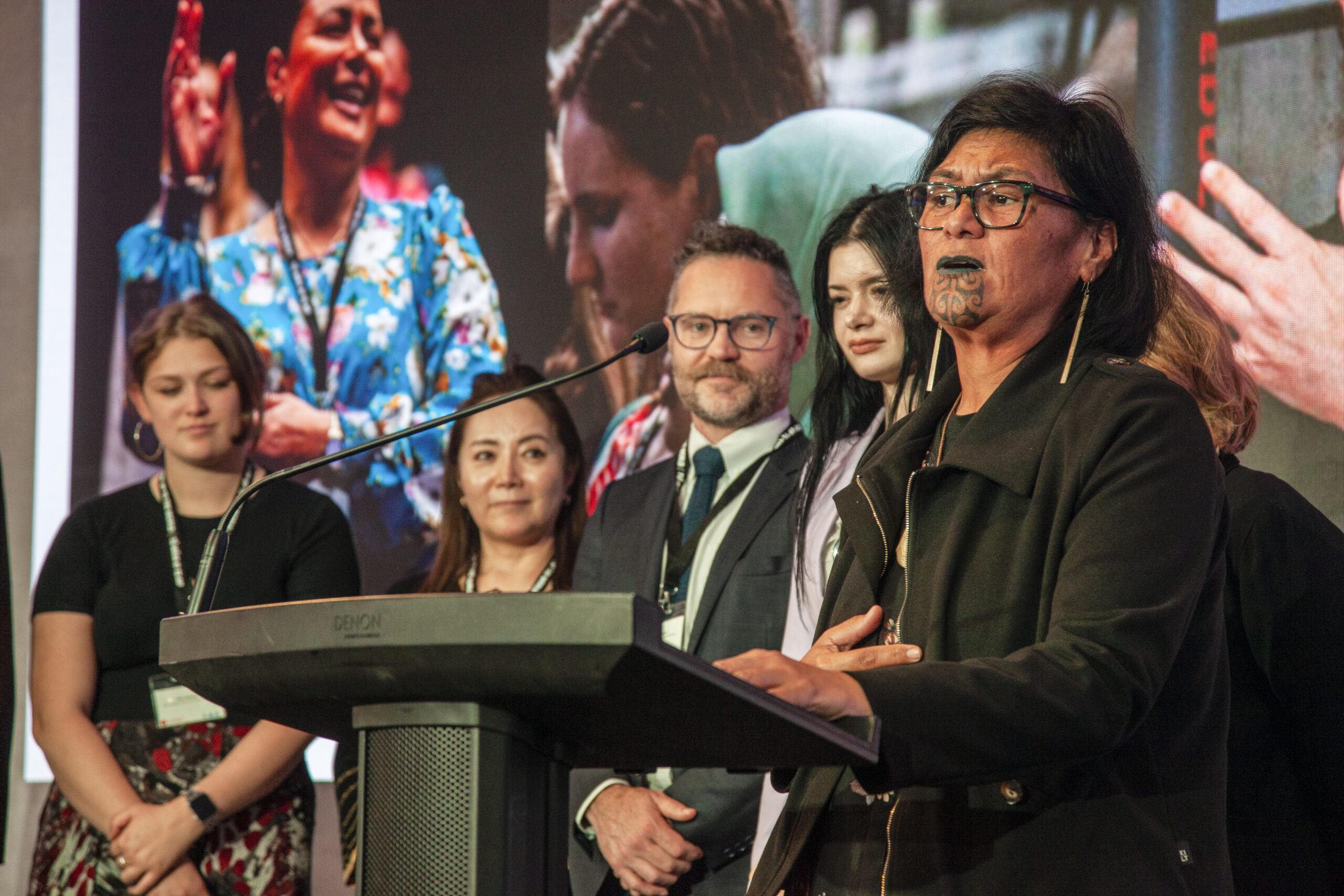
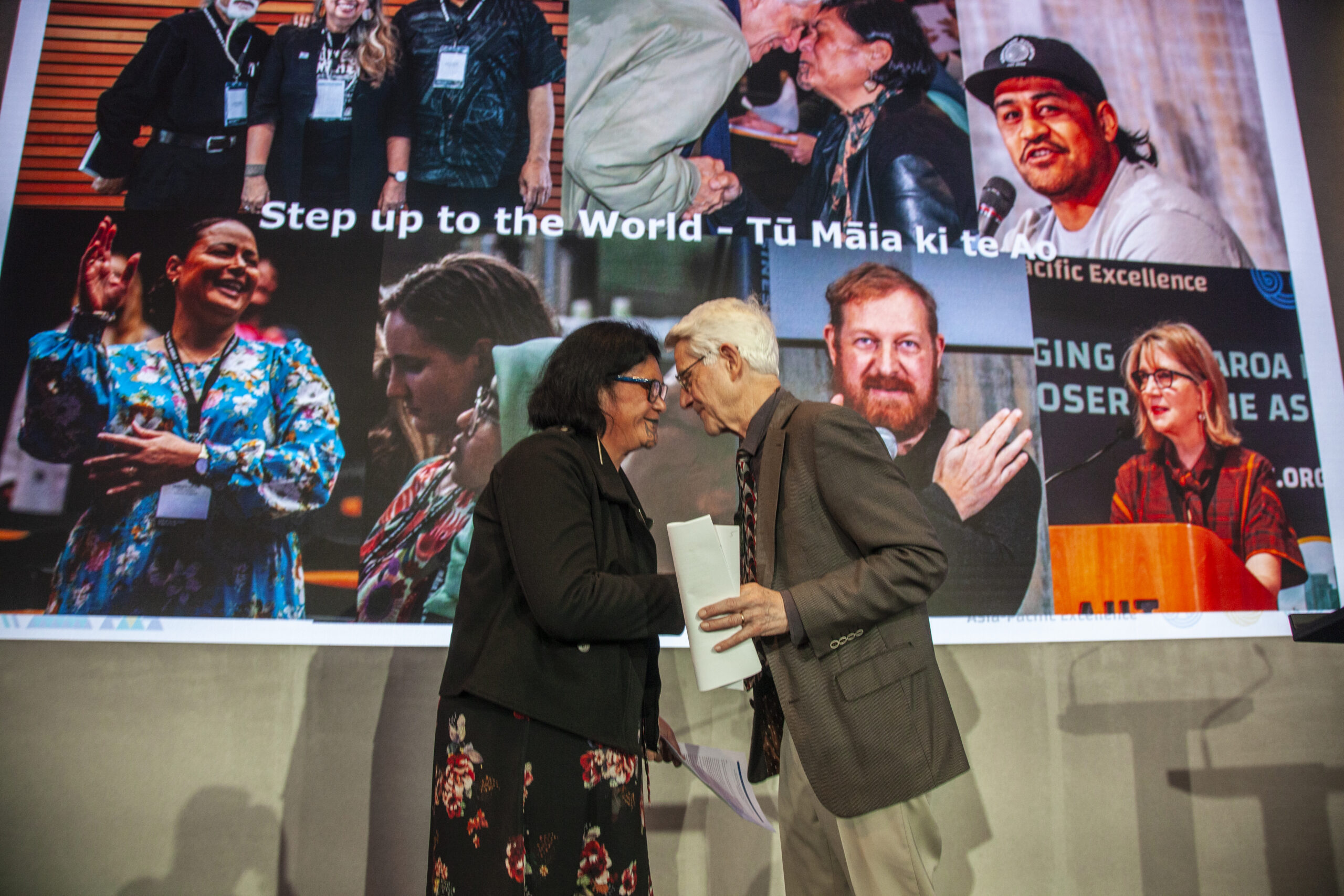
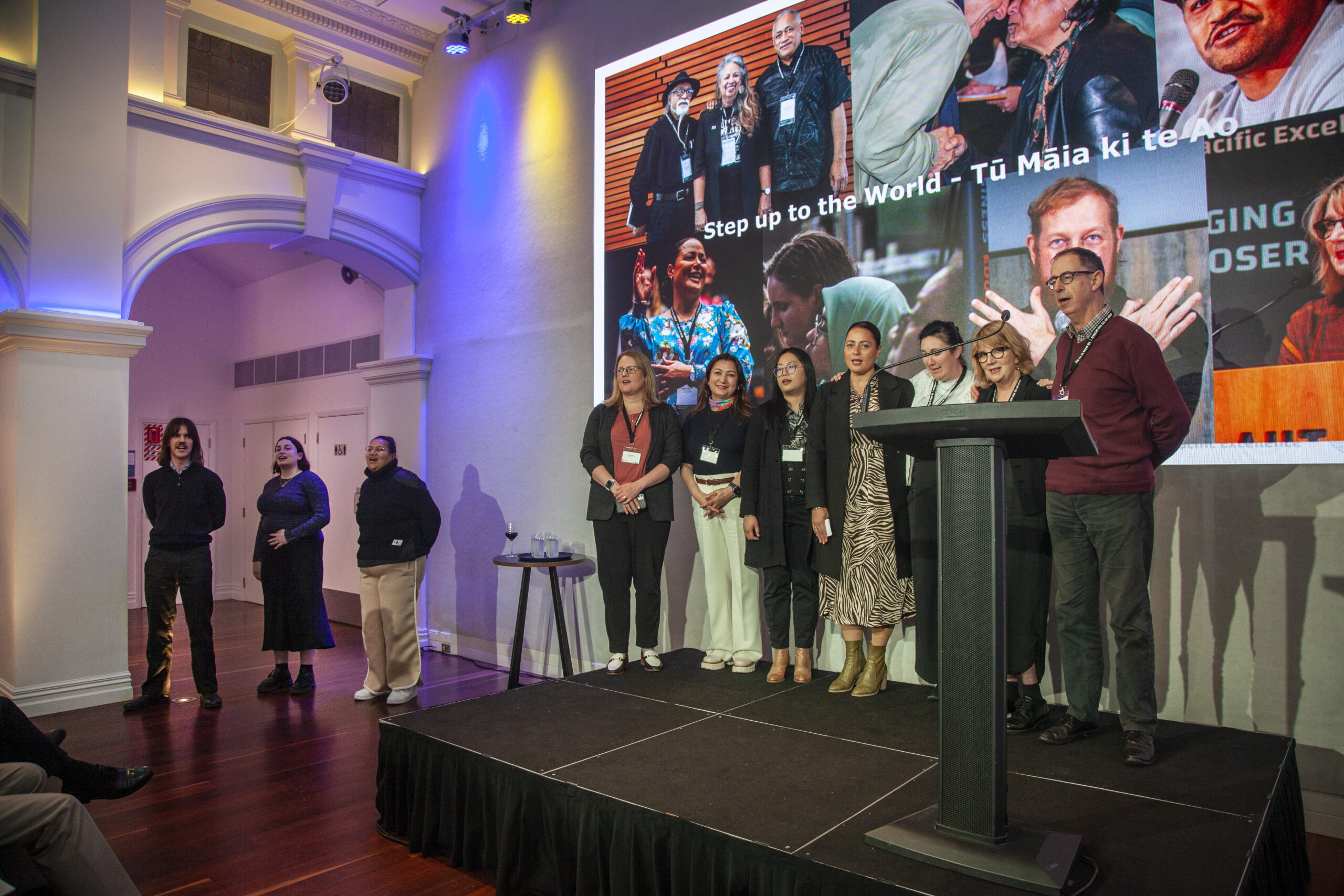
0 Comments